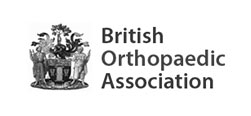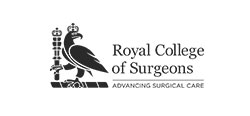Scoliosis Treatment
What is Scoliosis?
Scoliosis is a condition characterised by abnormal curvature of the spine causing a deviation to one side. It causes a physical deformity making the spine look like the letter “C” or “S” instead of the letter “I”. Scoliosis can affect either the mid or the lower back, but the scoliosis of the mid back is more common.
Treatment
Non-operative treatment
The treatment plan is based on the cause of scoliosis, the degree and position of the spinal curve and the age of the patient. The non-operative treatment approach of scoliosis includes:
Observation: No treatment is required for a spinal curve below 20 degrees. However, the patients are advised regular follow up visits to the spine specialist. These patients are carefully monitored for the progression of the curve.
Back bracing: A back brace may be recommended in children with a curve between 20-40 degrees to stop the progression of scoliosis and prevent surgery. Bracing is not effective in individuals with congenital or neuromuscular scoliosis.
Surgery
Surgery is recommended only in individuals with a severe curve which may affect other vital functions of the body or those with a high progression rate and surgery cannot wait till the skeletal maturity is reached. Surgery for scoliosis aims at rectifying the curve with metal rods, screws and hooks to stabilise the spine. An open or minimally invasive approach can be used for surgery.
Consult your spine specialist if you have any questions about scoliosis or the advantages and disadvantages of the available treatment options.
Click here to read more about Scoliosis Information for Patients.




